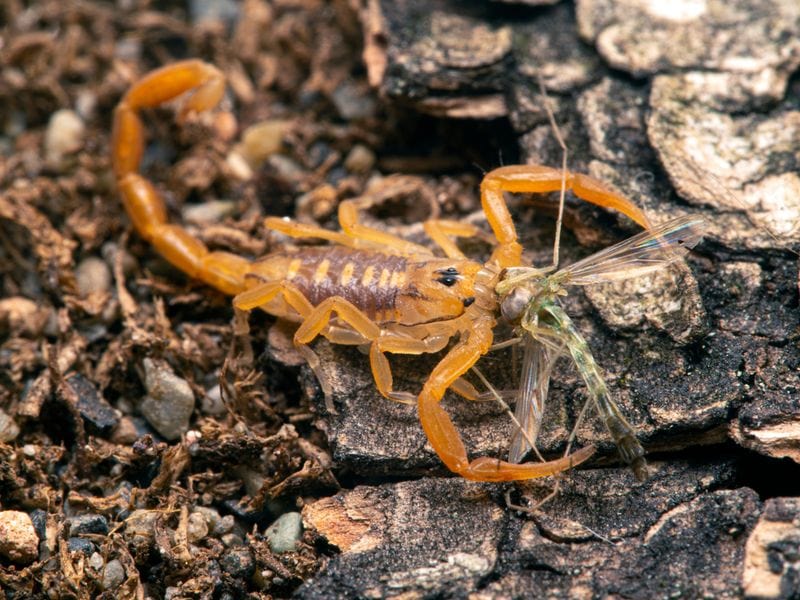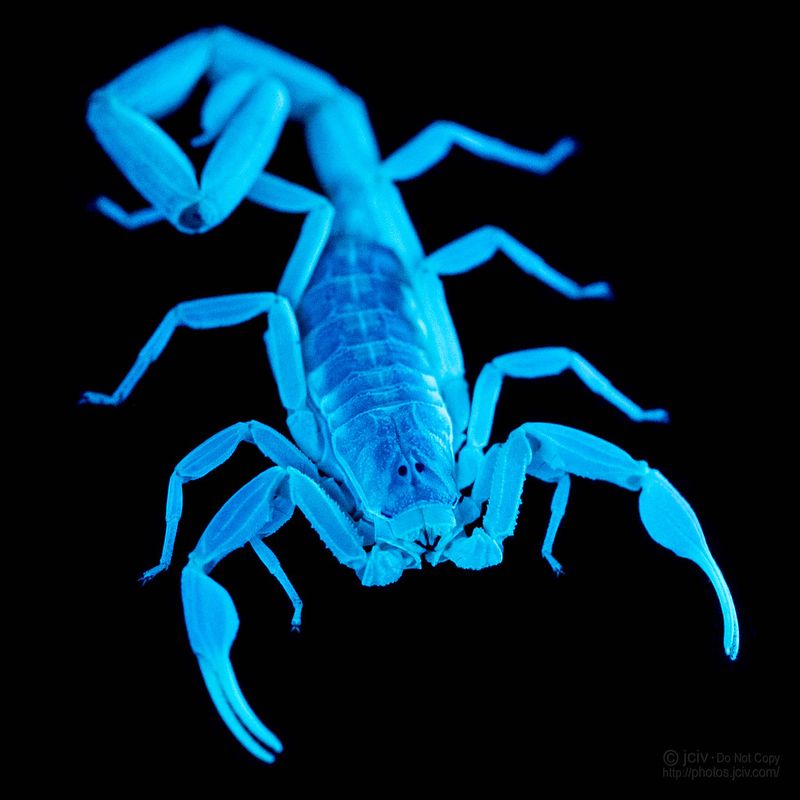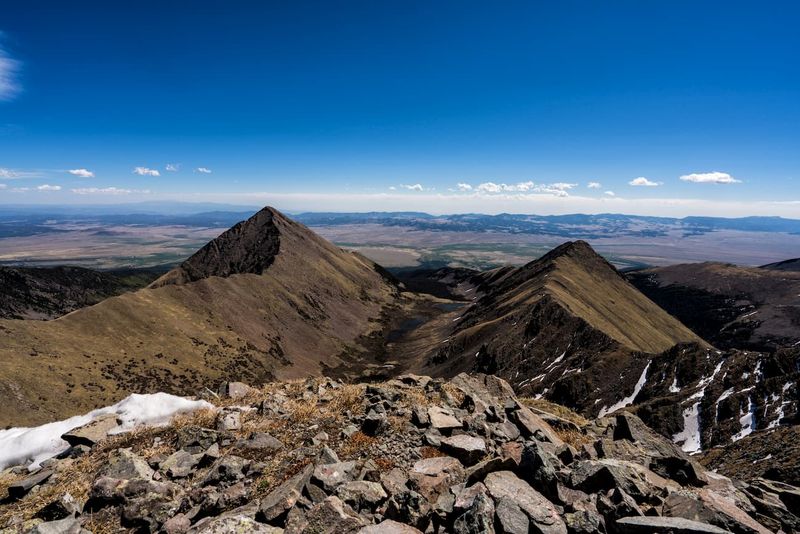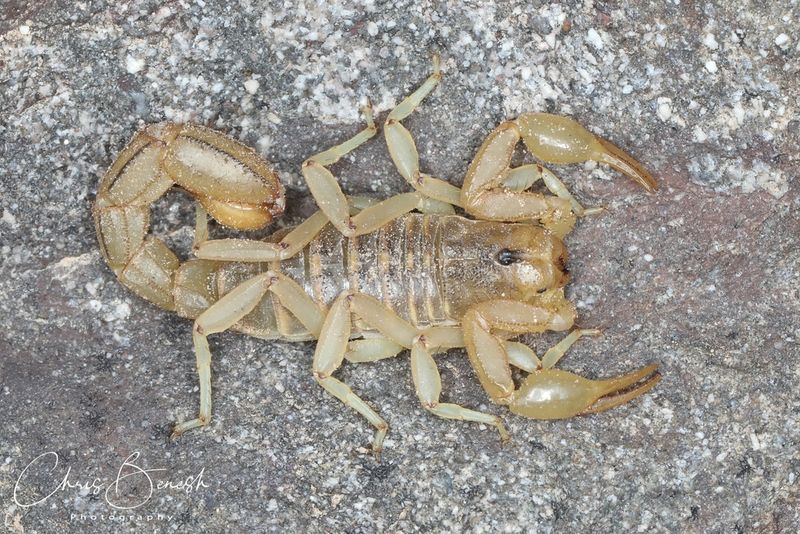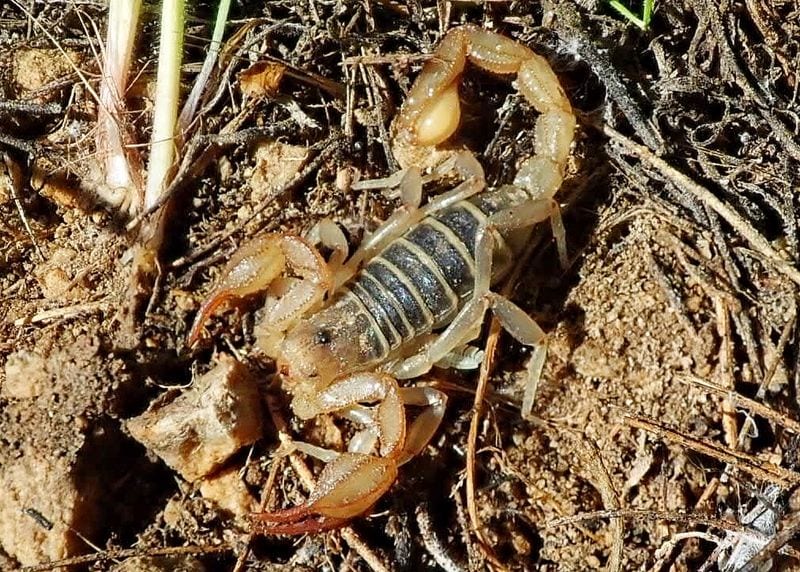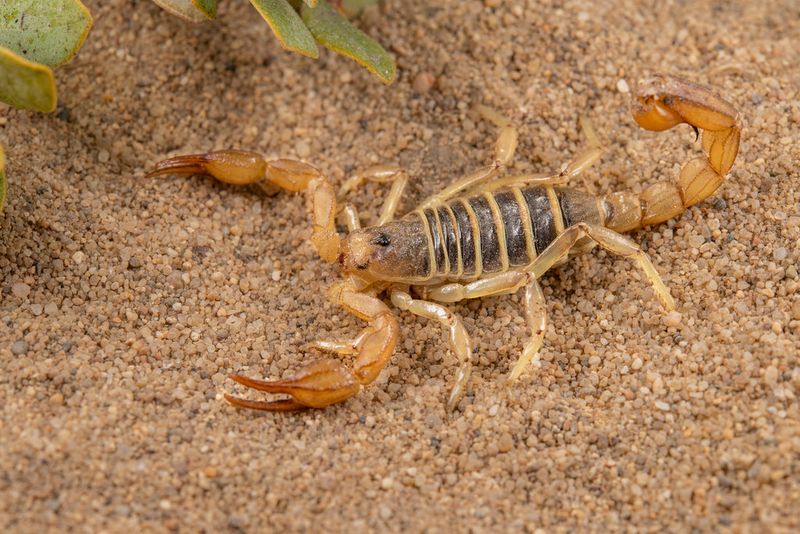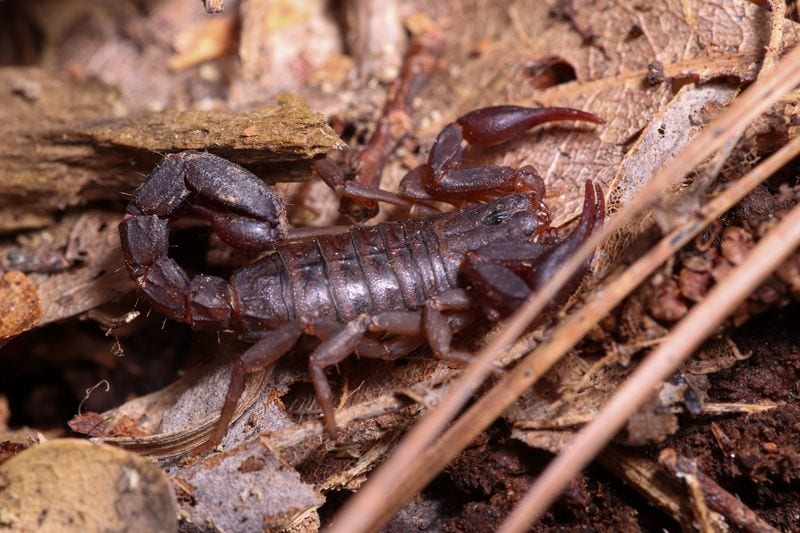New Mexico may look like a sun-baked paradise of red rock and open sky – but underneath those dreamy desert vibes lurks something a little more… sinister. We’re talking scorpions. Big ones. Small ones. Some that glow under blacklight. Some that sting like a wasp on steroids. And they aren’t just out in the wild – they’re sneaking into yards, garages, even your cozy living room. Whether you’re an adventurer, homeowner, or just a curious soul with an itch for the strange, this list of New Mexico’s scorpion hot spots will make your skin crawl (in the best way).
1. Las Cruces & the Southern Deserts
In Las Cruces, the air sizzles with the presence of the Arizona Bark Scorpion. Small but venomous, these masters of stealth hide under bark, stones, and sometimes, in shoes. As the sun sets, they emerge, blending in with their surroundings. Hikers are advised to keep a flashlight handy.
The rocky foothills and dry arroyos around this southern stretch make an ideal habitat. Locals have adapted, checking boots and shaking towels vigorously. Yet, their sneaky nature means one might still catch you off guard.
Interestingly, these scorpions are also known for their pale color, making them even harder to spot. A true creature of the night, they rule the desert after dusk.
2. Albuquerque & Urban Prowlers
Albuquerque, with its sprawling urban landscape, isn’t quite safe from scorpions. The Striped Bark Scorpion prowls here, especially where city meets desert. These critters favor dry woodpiles and brick fences, sneaking into homes through tiny cracks.
As the season changes, people might find these nocturnal visitors in bathtubs or laundry baskets. A spooky sight indeed, especially under a blacklight, where they glow like neon.
Residents keep homes sealed and clutter-free to minimize encounters. The adaptability of these creatures means they have carved a niche in the urban sprawl, thriving amid human habitation, proving that nature always finds a way.
3. Sangre de Cristo Foothills & Central Valleys
In the scenic Sangre de Cristo foothills, the Striped Bark Scorpion makes its presence known. These areas, dotted with dense brush and dry creeks, provide ideal hiding spots. Unlike their southern cousins, these scorpions endure cold snaps, slipping into human structures.
Ranch homes and barns are common hideouts. The unpredictability of sightings adds to the excitement, as one might suddenly find a scorpion indoors.
Locals coexist with these creatures, armed with UV lights and sealing every possible entry. The rugged nature of these scorpions mirrors the terrain they inhabit, making them a fascinating, albeit unsettling, part of the landscape.
4. Gila Wilderness & Rocky Ranges
Gila Wilderness, rich in wildlife, is home to the elusive Lesser Stripetail Scorpion. Preferring cooler, shaded habitats, they live under logs and at tree bases. Despite their less venomous sting, encounters can still be unnerving.
Backpackers often find them around campsites, crawling into gear. Shaking out equipment becomes a routine. The rocky grasslands and forested slopes provide a perfect backdrop for their existence.
Russell’s Scorpion, another inhabitant, shares this terrain. The Gila region’s complex ecosystem supports these scorpions, making them an integral part of its wild charm, a reminder of nature’s delicate balance.
5. High Desert Cliffs: The Northern Scorpion
In the high-country sandstone cliffs and rocky outcrops across northern and central New Mexico, the Northern Scorpion (Paruroctonus boreus) rules the roost. These scorpions are the cold-tolerant champions of the state, able to survive in areas colder than most other species.
At night, they emerge from crevices, prowling the rocks for unsuspecting bugs. They have a light tan body often shadowed by darker stripes. Their venom isn’t life-threatening—but the surprise of seeing one crawling where you’d least expect it is enough to set your pulse on edge.
6. Sand Dunes of Eastern New Mexico
In the shifting sands of Eastern New Mexico, the Eastern Sand Scorpion reigns supreme. Known for its stealth and speed, this ghostly yellow predator burrows by day, emerging under the moonlight. Campers here should be vigilant, as the scorpions dart across dunes like shadows.
Nearly invisible against the sand, they are a surprise waiting to happen. UV flashlights become essential tools for stargazers and adventurers alike.
The Eastern Sand Scorpion’s rapid movements make it elusive, adding an air of mystery. This creature epitomizes the harsh beauty of the desert, adapting perfectly to its environment and leaving a mark on those who cross its path.
7. Peloncillo Mountains: Vaejovis Bigelowi
Way down southwest in the wild Peloncillo Mountains of Hidalgo County lives a newly discovered terror: Bigelow’s Vaejovis (Vaejovis bigelowi).
This species was only formally described in 2011, deep in rugged, remote terrain. Not much is known about their habits yet, but in typical scorpion fashion, they lurk under bark, stones, or crevices on rocky slopes. Imagine hiking through that mountain range at dusk, hearing the crunch of gravel—down there, something might be watching.

